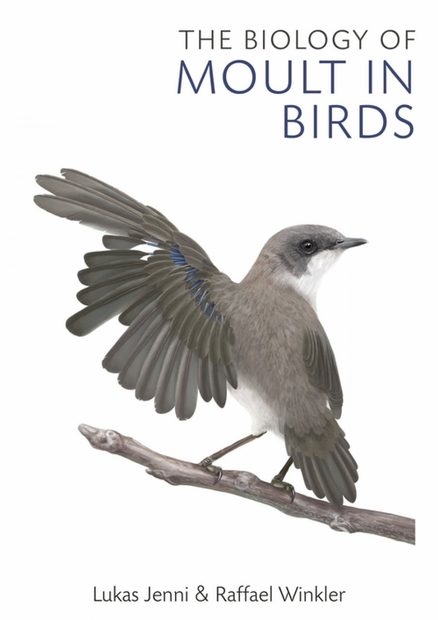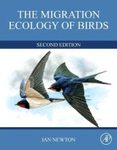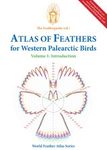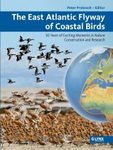Monograph
By: Lukas Jenni(Author), Raffael Winkler(Author)
306 pages, 151 colour & b/w photos and colour & b/w illustrations
Complementing the splendid second edition of Moult and Ageing in European Passerines, this book delves deeper into the biology of moult in birds, showing this periodical renewal of their feathers plays into their lifecycle and affects reproduction and migration.
![The Biology of Moult in Birds The Biology of Moult in Birds]()
Click to have a closer look
About this book
Contents
Customer reviews
Biography
Related titles
Recommended titles
About this book
Unique to birds and with a multitude of functions, feathers are amazing structures. All birds need to renew their feathers periodically, in a process called moult. Because feathers can only be renewed as a whole, all functions of the plumage are impaired during moult, and so this process has a crucial impact on most aspects of a bird's life. Therefore the period of moult is one of the most important recurring annual events in the life of a bird, together with reproduction and, for many, migration.
Every moult determines the appearance of the individual bird anew. An intense moult profoundly affects the physiology of a bird, with this normally lasting for up to three months of the year. Moult affects the organisation of the bird's annual cycle of life, and constrains reproduction and migration. Given the major impacts of this process on birds, moult remains a sorely neglected field of ornithological research. The Biology of Moult in Birds, written by the internationally renowned ornithologists Lukas Jenni and Raffael Winkler, seeks to redress this.
Early chapters provide an overview of the functions of plumage. Later, it moves on to subjects such as plumage maintenance and feather wear, the two main functions of moult; feather-growth, the physiology, energetics and control of moult; and how moult affects plumage quality, structural quality and coloration, and the consequences of this for the bird. The Biology of Moult in Birds concludes with a review of the various solutions developed by birds to fit moult into their annual cycle.
Complementary to the magnificent Moult and Ageing in European Passerines by the same authors and packed with colour photography throughout, The Biology of Moult in Birds is the first comprehensive review of all aspects of the biology of moult, drawing information from across the literature and in all birds, from penguins to passerines.
Contents
Preface ix
Chapter 1. Functions of the plumage 1
Chapter 2. Plumage maintenance and the need for plumage renewal 31
Chapter 3. The process of moult: feather growth, physiology, energetics and control of moult 57
Chapter 4. The effects of environmental conditions during moult on plumage quality and their consequences 149
Chapter 5. Fitting moult into the annual cycle: moult strategies 177
References 239
Index 289
Customer Reviews
Biography
Lukas Jenni and Raffael Winkler are among Europe's foremost ornithologists. Their first book, Moult and Ageing of European Passerines, quickly became a seminal work for all European ringers. They have recently completed a second edition of this work, the product of more than twenty years of scholarship. Both Lukas and Raffael are based in Switzerland.










































